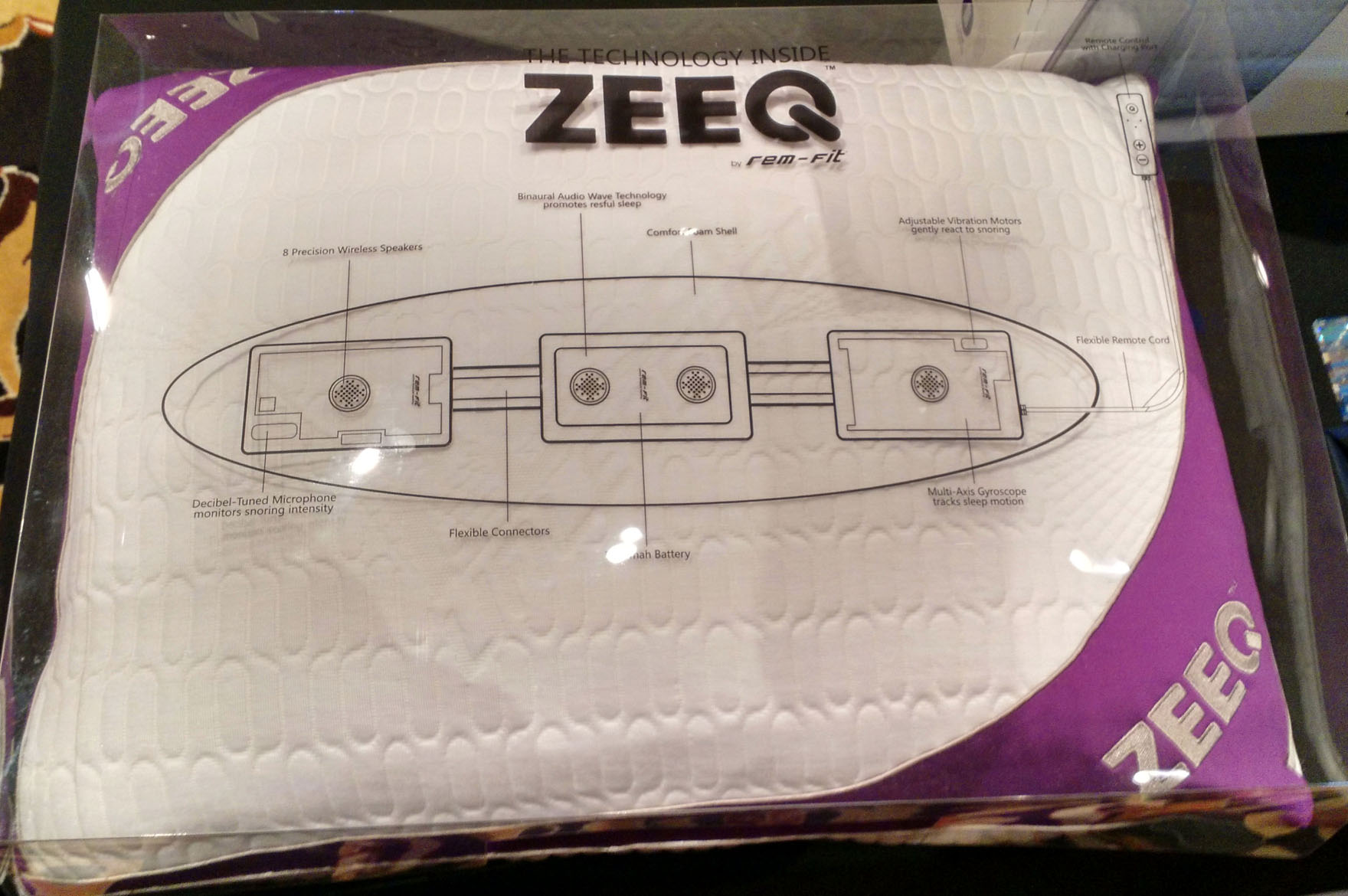IoT & Embedded Technology Blog
CES 2017: Automotive, Voices, and Everything

CES 2017, the Ice Sculpture
Once again the annual consumer electronics lovefest known as CES invaded Las Vegas. With more than 3,800 exhibitors occupying 2.6 million square feet of floor space (not to mention numerous private meeting suites), the show seemed more overwhelming than in past years. We couldn’t possibly see it all, much less sum it all up in a blog post, but we’ll briefly highlight a few themes.
Automotive
In recent years, the show has becoming an increasingly import venue for the automotive industry. Autonomous driving was the emphasis this year, but we were more interested in technologies with nearer-term prospects. For example, Tier 1 supplier Bosch announced a partnership with Mercedes-Benz to bring to market a “community-based parking spot locator,” in which vehicles will automatically and anonymously (and unbidden by their own drivers) use vehicle sensor data overlaid onto mapping data to identify vacant parking spaces as the cars are driving down city streets, and relay that information to other Mercedes drivers in the area that might be searching for parking. The companies will be testing the feature in San Francisco and selected other cities.
And Harman demonstrated a working version of its Ignite cloud platform to manage connectivity, applications, mapping, firmware over-the-air updates, driver profiles and content preferences, and vehicle diagnostic data.
The demo showed, for example, how OEMs can slice and dice anonymized broadcast and satellite radio station listening behavior (see image below) that could be correlated with location, driver demographics, and the like, and potentially sold to advertisers or other interested third parties.

Voice Enablement
While voice control may not be suitable for cubicle-dwelling office workers, it has considerable appeal in the home. The success of Amazon’s Alexa voice-processing, originally developed for its Echo smarthome hub/speaker, has spawned dozens of products that either use Alexa via their own internal speakers and microphones or are controllable with voice through the speaker and microphone in an Amazon Echo or Echo Dot.
One such product with Alexa was LG’s Hub, a cute little robotic looking digital assistant.

LG’s Hub, with Alexa
Voice control is likely to become even more prevalent in coming years.
The component manufacturer Kopin, best known for its microdisplays, showcased its new Whisper voice chip. The Whisper processes sound to extract voice from the background noise, then passes the voice data to a speech recognition system (like Alexa). Using a test rig in a live demo on a noisy trade show floor (with background sound level measured at over 80dB, as loud as a garbage disposal), we were impressed by Whisper’s ability to separate the voice from the noise.

Kopin’s Whisper voice chip
Personal Health Products
CES 2017 featured hundreds of personal healthcare products. Not considered full medical devices (thus avoiding the need for FDA certification), these products help users track or improve various health metrics like caloric intake, heart rate, hearing and vision, or sleep habits. In the latter category was the Zeeq smart pillow, which among other things can detect when the user is snoring and activate vibrating motors in the pillow to shake the head, causing the sleeper to shift positions and stop snoring. (At least in theory. We didn’t see an actual demo, which would have been impossible on the show floor.)

Zeeq smart pillow
When it comes to smart connected things that cause people to ask “Why?”, perhaps no device at CES 2017 was derided by more attendees than the Hair Coach connected hair brush from Withings. It analyzes hair type, counts brush strokes, and guides the user into brushing in a manner least likely to damage hair.

Hair Coach smart hair brush
And for creatures of the furry persuasion, the show featured numerous pet-related smart products, such as cellular-enabled dog tracking collars, a dog behavioral analysis system to “improve your relationship with your dog”, and even a horse health monitor. (Fortunately, the vendor didn’t bring a live horse onto the show floor…)

EquiSense horse monitor
We can’t imagine what’s left to connect at CES 2018 that hasn’t already been connected (Lawnmower? Yep. Walking cane? Check.), but we’ll find out next January. View the 2017 IoT & Embedded Technology Research Outline to learn more.